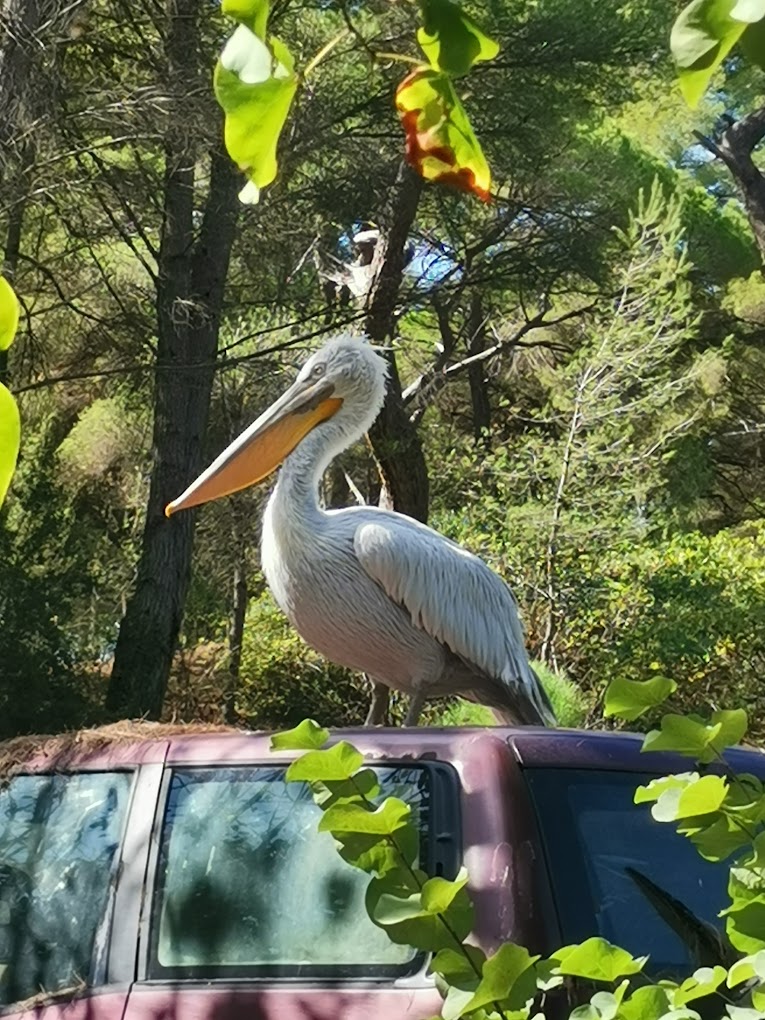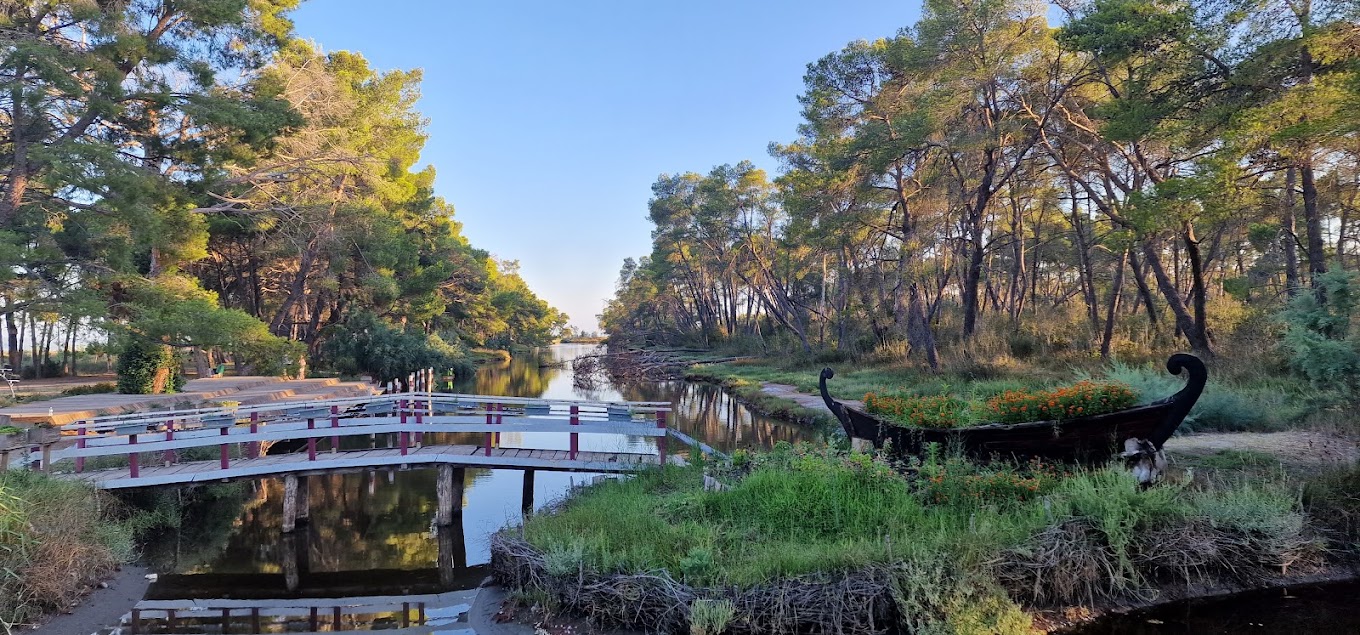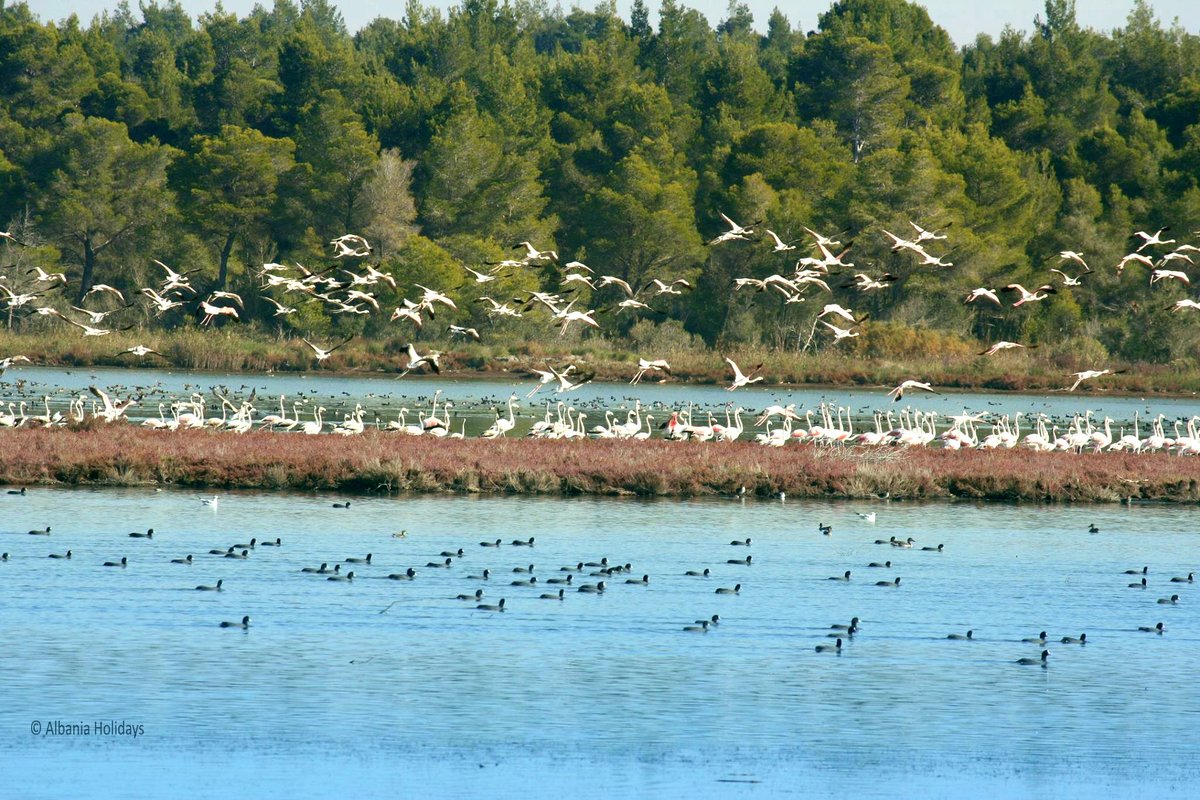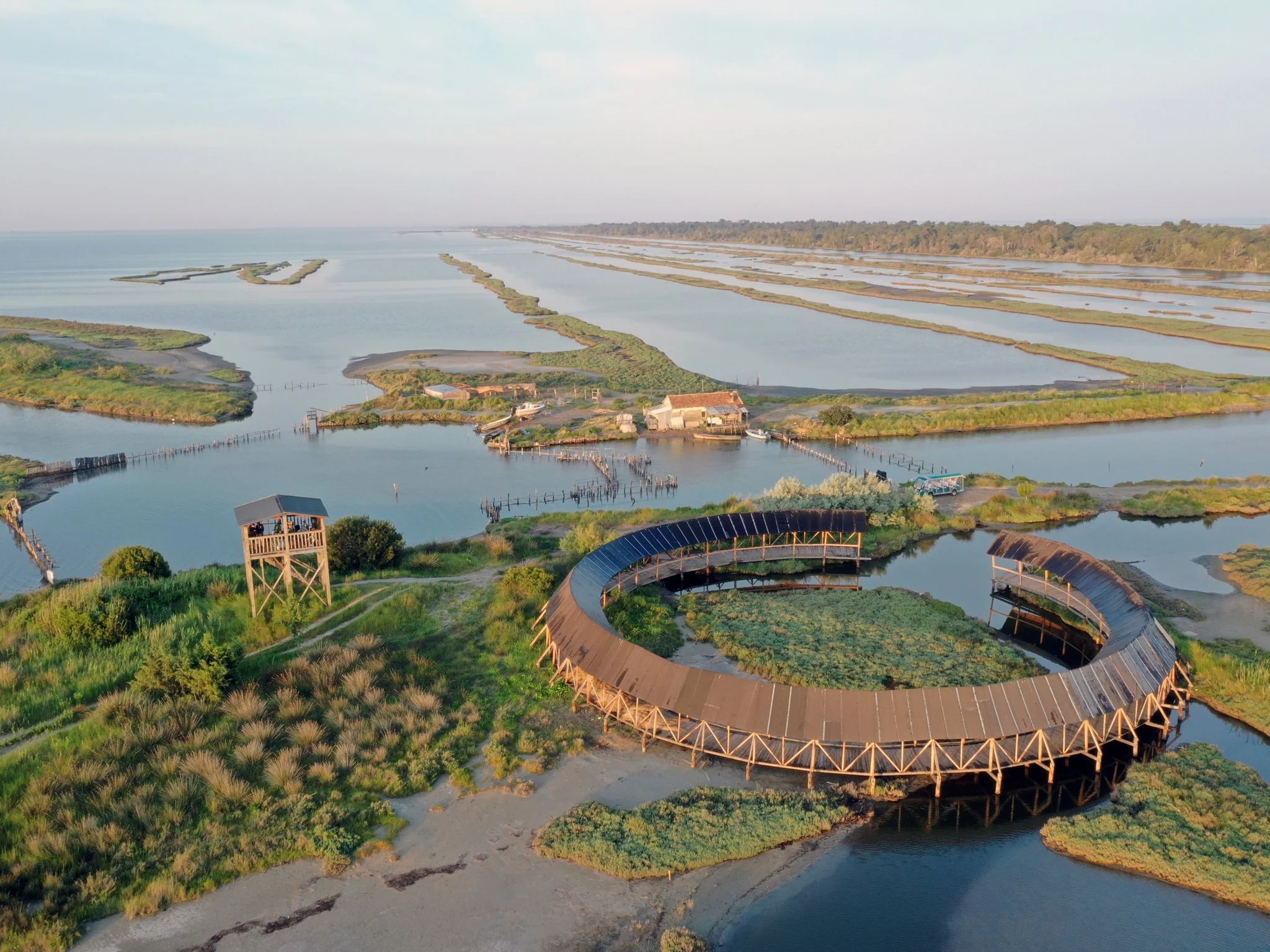Key Takeaways
- Karavasta Lagoon is the largest lagoon in Albania and one of the biggest in the Mediterranean region.
- It plays a critical role in supporting biodiversity, especially as a breeding ground for endangered species like the Dalmatian Pelican.
- Located in the District of Lushnjë, it is accessible from Tirana via multiple transportation options, including organized tours.
- The ecosystem boasts brackish waters, pine forests, sand dunes, and vibrant birdlife, making it a hotspot for eco-tourism and birdwatching.
- Conservation efforts are ongoing to combat pollution, illegal fishing, and unregulated development to preserve its natural beauty.
Exploring the Location and Accessibility of Karavasta Lagoon
*Nestled in the heart of Albania’s central-western coast,* Karavasta Lagoon is situated in the District of Lushnjë, near the charming town of Divjaka. It stretches along the Adriatic, approximately 85 kilometers from Tirana, making it an ideal destination for a quick escape. The lush landscape, combined with its proximity to urban centers, offers both natural beauty and convenience.
Getting there is straightforward. For those driving, well-maintained roads from Tirana take about 1.5 to 2 hours, providing a comfortable journey. Public transport options include buses from Tirana or nearby cities to Divjaka, followed by taxis or minibuses to the lagoon’s entrance. Organized tours from Tirana are also popular, offering guided experiences for an informative visit.
The Rich Biodiversity and Ecosystem of Karavasta Lagoon
*Prepare to be amazed by a vibrant ecosystem that features* brackish waters—resulting from the blending of sea and freshwater sources—creating habitats for a multitude of species. Surrounded by pine forests and sand dunes, the lagoon is a sanctuary for both aquatic and terrestrial life.
Among its most notable residents is the endangered
Dalmatian Pelican (Pelecanus crispus), which breeds here in significant numbers. The lagoon also hosts flamingos, herons, egrets, cormorants, and various waders, making it a *veritable paradise for birdwatchers.* The waters teem with fish, crustaceans, and invertebrates, underpinning the ecological importance of this habitat. Protected as part of the Divjaka-Karavasta National Park, it is recognized as an Important Bird Area ().
Activities and Attractions Around Karavasta Lagoon
*For adventure and relaxation,* the lagoon offers a range of activities. Birdwatching is at its peak during spring and autumn migration seasons, with observatories and trails providing ample viewing opportunities. Boat tours allow visitors to experience the lagoon from the water, offering unique perspectives and close encounters with wildlife.
Hiking trails wind through pine forests and along the coast, offering scenic views of the lagoon and the sea beyond. Photographers will find countless moments worth capturing—serene waters, vibrant birdlife, and stunning landscapes all combine to create perfect subjects.
Additionally, the area is rich in cultural history. Nearby attractions include the Ancient Apollonia, with its Greek and Roman ruins, and the Ardenica Monastery, known for Byzantine architecture, providing visitors with a glimpse into Albania’s historic heritage.
Importance to Local Communities and Economy
*The lagoon supports local livelihoods* through traditional fishing practices, which are now shifting towards sustainable methods. Eco-tourism is rapidly growing, offering new income opportunities for residents via guiding, accommodations, and crafts. Community-led conservation, waste management projects, and awareness campaigns foster a shared responsibility for preserving this natural treasure.
Sustainable practices are vital to ensure the lagoon’s long-term health and the well-being of its communities. Local initiatives focus on protecting fish stocks, minimizing pollution, and promoting environmentally responsible tourism practices that benefit everyone involved.
The Best Time to Visit Karavasta Lagoon
*For optimal experiences,* spring (April-May) and autumn (September-October) are ideal times to visit. During these seasons, the weather is pleasant, and bird migrations peak—especially the breeding of the Dalmatian Pelican, providing a spectacular sight. Summer offers warmer weather but may bring crowds, while winter offers tranquility but often less activity due to weather conditions.
Plan your visit according to your interests—whether birdwatching, hiking, or simply enjoying the serene landscapes—so you can fully enjoy the natural splendor of Karavasta Lagoon.
Conservation Efforts and Environmental Challenges
*Despite its protected status,* Karavasta Lagoon faces threats from pollution—including agricultural runoff, waste, and plastics—as well as unregulated development and illegal fishing. These challenges endanger the delicate balance of its ecosystem.
Efforts by the Divjaka-Karavasta National Park management, along with international organizations like BirdLife International, focus on monitoring, habitat restoration, and raising public awareness. Community involvement through cleanup campaigns and responsible tourism is key. Visitors can contribute by respecting rules, reducing waste, and supporting eco-friendly local businesses.
Conclusion: Embracing the Unique Features of Karavasta Lagoon
*Karavasta Lagoon* is a true natural treasure—an ecological sanctuary that sustains biodiversity, supports local communities, and offers visitors a chance to reconnect with nature. Its vast landscapes, rare bird species like the Dalmatian Pelican, and cultural sites make it a must-visit destination in Albania.
Preserving this vital habitat requires collective effort—through responsible tourism, conservation initiatives, and community engagement. By exploring and respecting Karavasta Lagoon, you contribute to its protection for future generations to enjoy its tranquil beauty and ecological richness. Let us cherish this gem of the Mediterranean, ensuring it remains a sanctuary of life and serenity for years to come.
